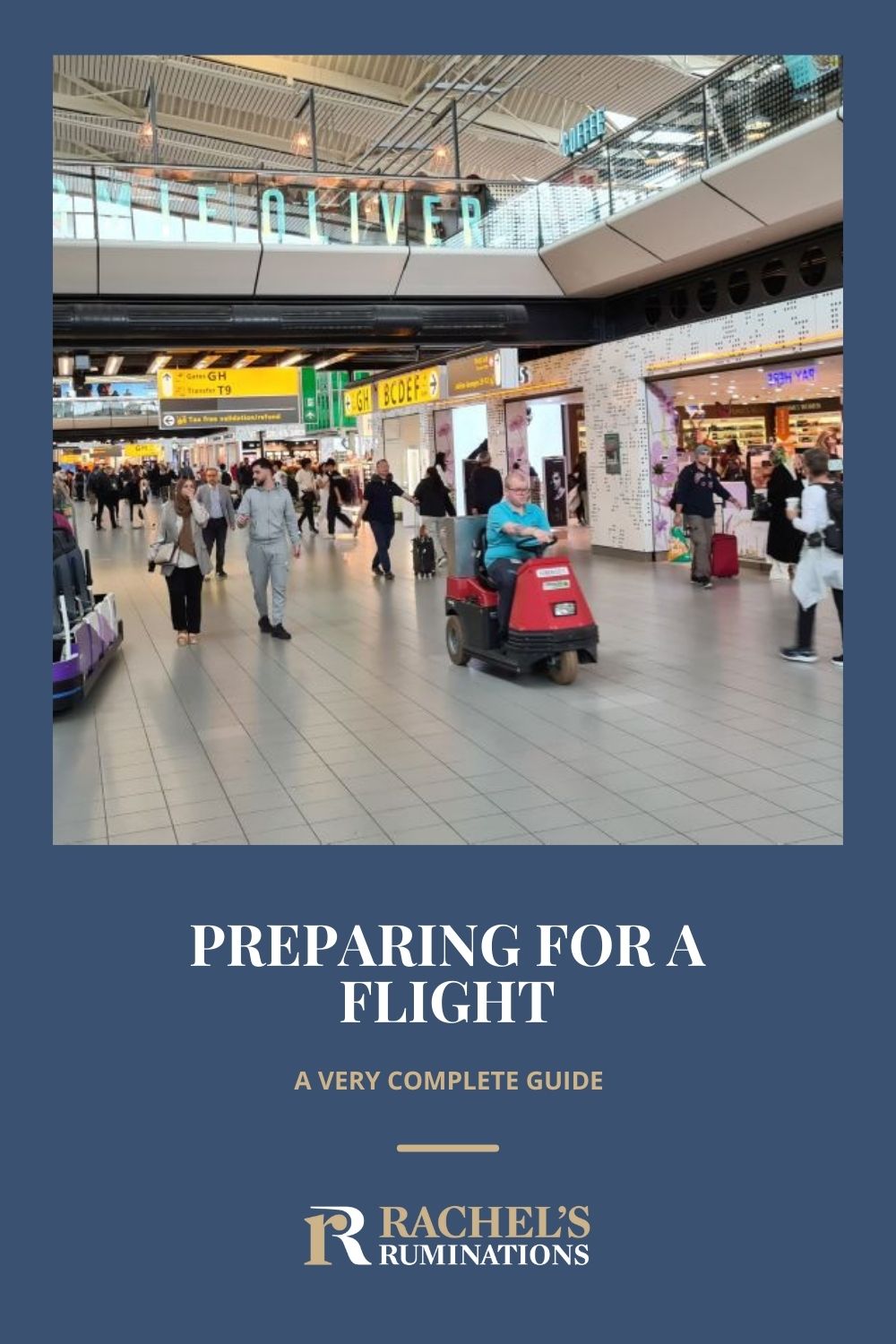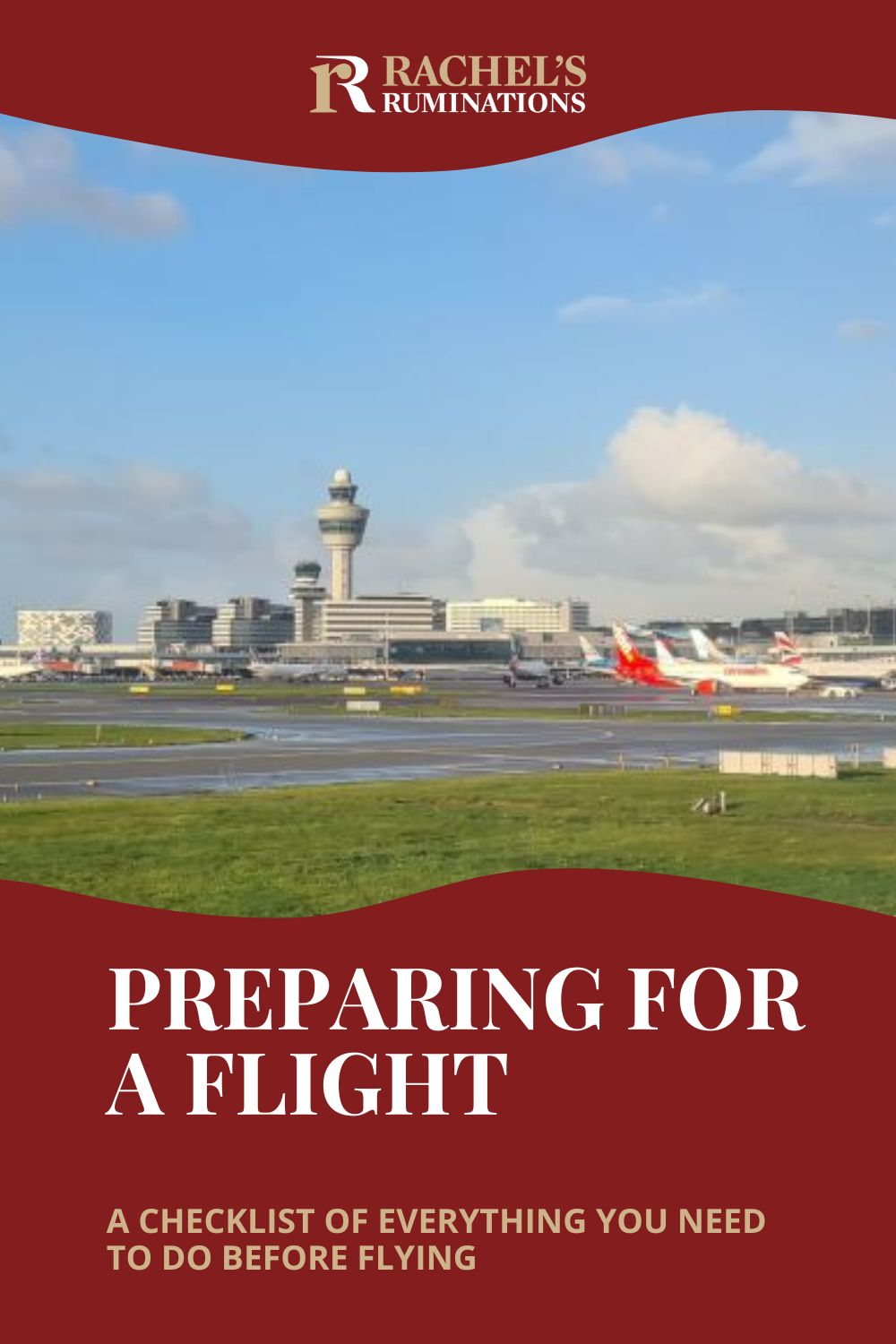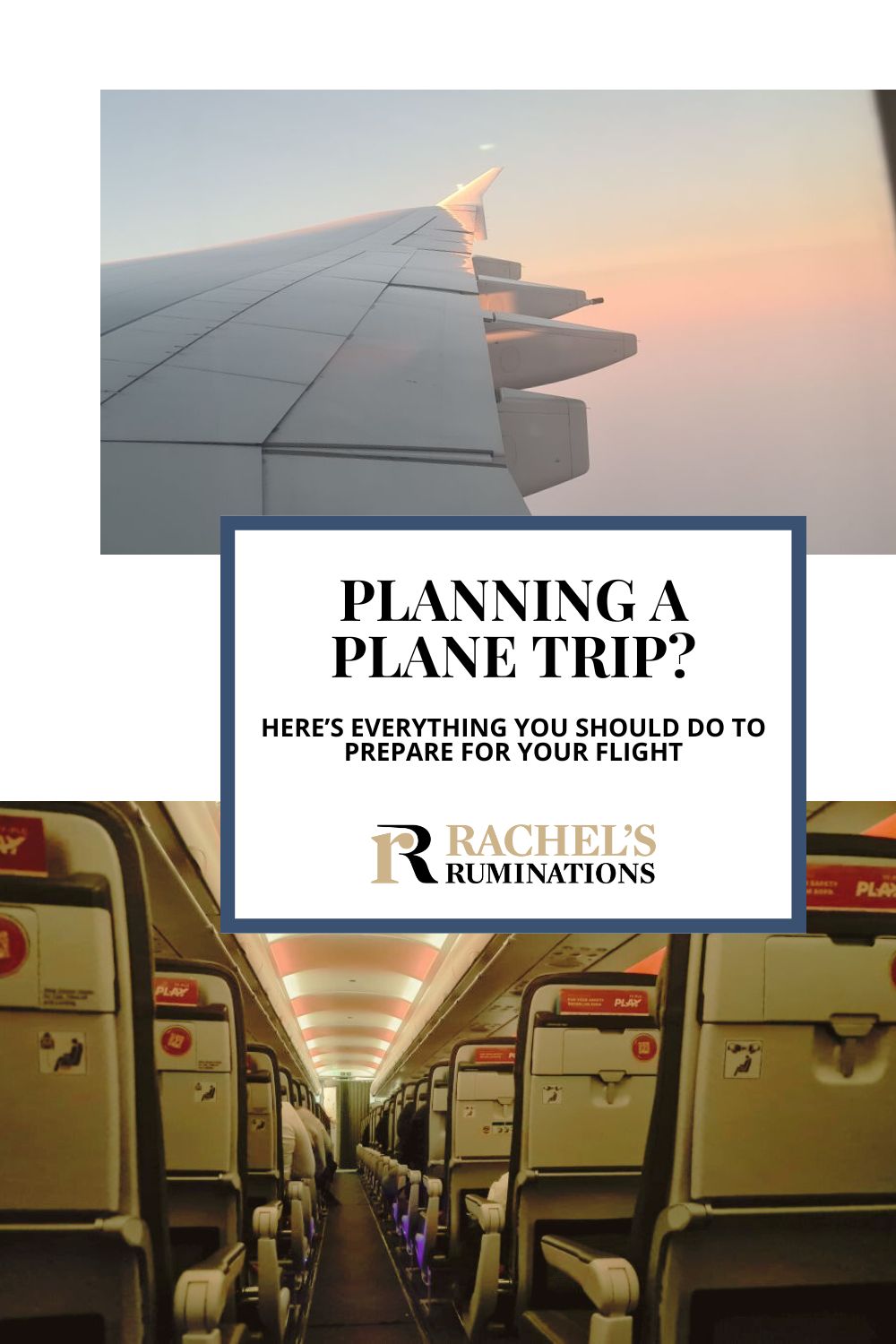Preparing for a flight: A very complete guide
If you’re planning a trip by plane, there’s a lot to keep track of. That’s what this list is for: to help you make sure you’ve taken care of everything before you fly. I can’t help your flight to take off on time, but I can help you to be as prepared as possible before then, so you can relax once you’re on the plane. While it looks like a long list, preparing for a flight isn’t really hard. It just takes some planning and organization.
While I’ve written this with first-time flyers in mind, it should be a useful checklist for pretty much anyone planning an international trip. I hope it’s of use!
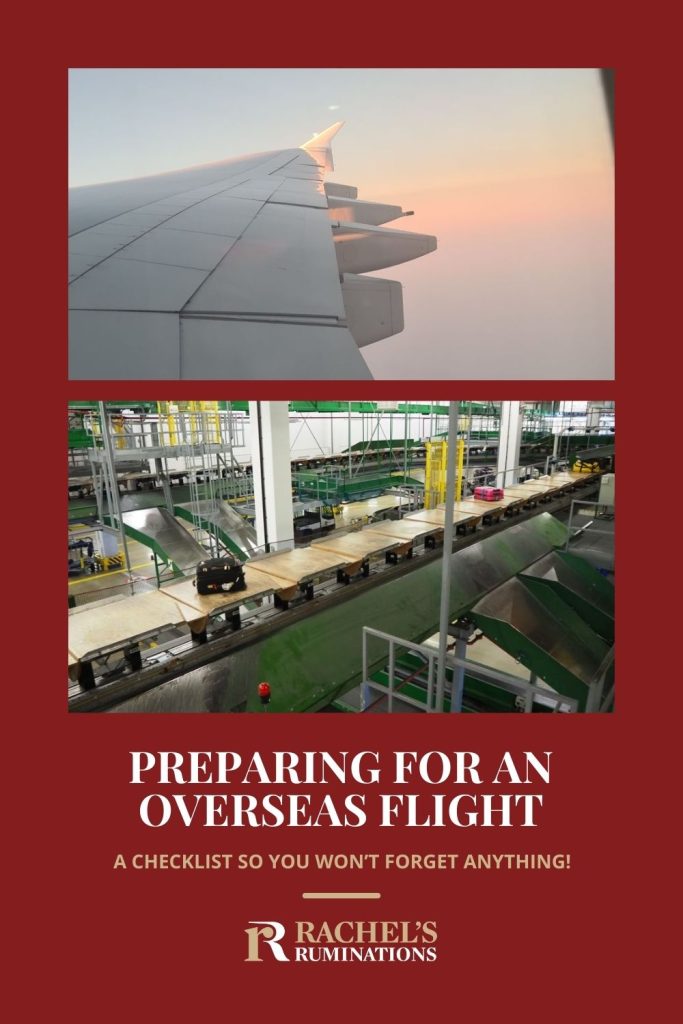
Disclosure: This article contains affiliate links. If you click on one and make a purchase, I will receive a small commission. This will not affect your price.
But before you even plan to fly anywhere, think about whether it’s even necessary. Is there a bus or train available? In Europe, it’s often unnecessary to fly, for example, since the train network is good. Read my article about Sustainable air travel and its second part, Sustainable travel tips.
Before booking your flight
Here are some things you need to do well before booking your flight. Depending on your citizenship, these could all take some time. You don’t want to set a date for your trip and then have to cancel because your paperwork isn’t ready.
1. Get a passport.
If you’re traveling internationally and don’t have one already, get a passport. The time this takes may vary depending on your citizenship and where you live, so I’d recommend starting this process very early – months or even a year before you want to travel.
2. Get a visa.
Check ahead of time what the visa or visa waiver requirements are for the place(s) you want to visit. Most countries will have a government website or embassy website with all the information you need. Don’t trust 3rd-party sites! Again, this could take weeks or months.
Depending on your citizenship, some countries might have other requirements besides a visa. They might demand, for example, proof of hotel reservations or onward travel or even proof of income. Check all requirements on the country’s embassy or government website.
3. Check your passport’s expiration.
If you have a passport, make sure it has at least 6 months on it before it expires. To be clear: that’s 6 months from the end of your travels. Many countries will refuse you entrance without at least 6 months before your departure.
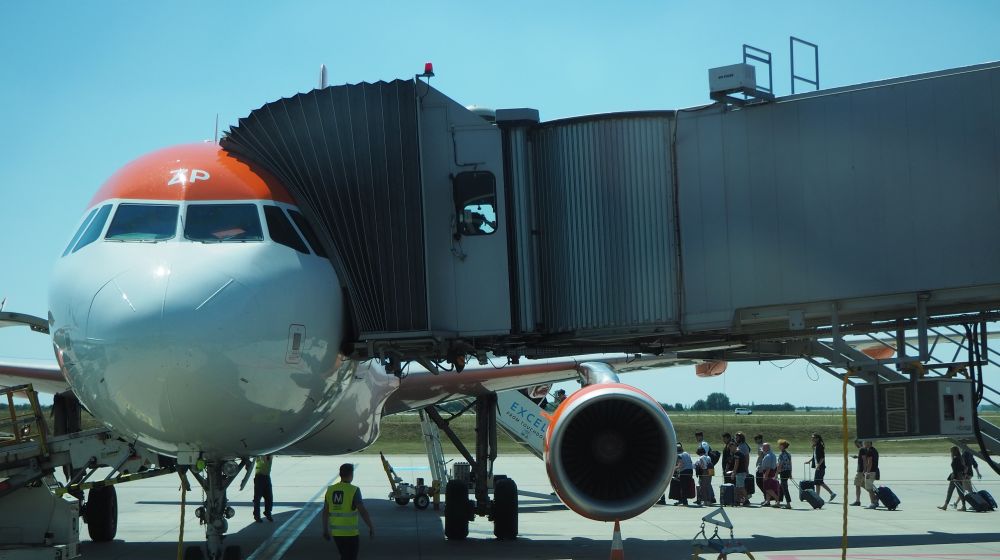
Booking your flight
This is the moment when you’re making a real commitment to taking this trip, so there are a few things you should pay careful attention to:
1. Use the airline’s website.
I generally recommend booking flights on the airline’s website, not a general booking site. That way, if there are delays or missed connections, it’ll be easier to get help straight from the airline.
2. Enter your passport information exactly.
Make sure the name you enter is exactly the same as the name on your passport. The same goes for date of birth, passport number and expiration date of your passport.
3. Read carefully.
As you go through the booking process, read everything carefully! Airlines will, for example, try to get you to book a package with checked luggage and priority boarding and the right to choose a seat or some similar promise. That’s fine, if it’s all things you want. But if you want, for instance, to check a bag, but you don’t need to choose a seat, don’t choose the package. Often on the next screen you can pay for the checked baggage separately at a lower cost than the package they’re offering.
4. Check and double-check everything.
Check flight times, lengths of stopovers, all the information you’ve filled in: everything!
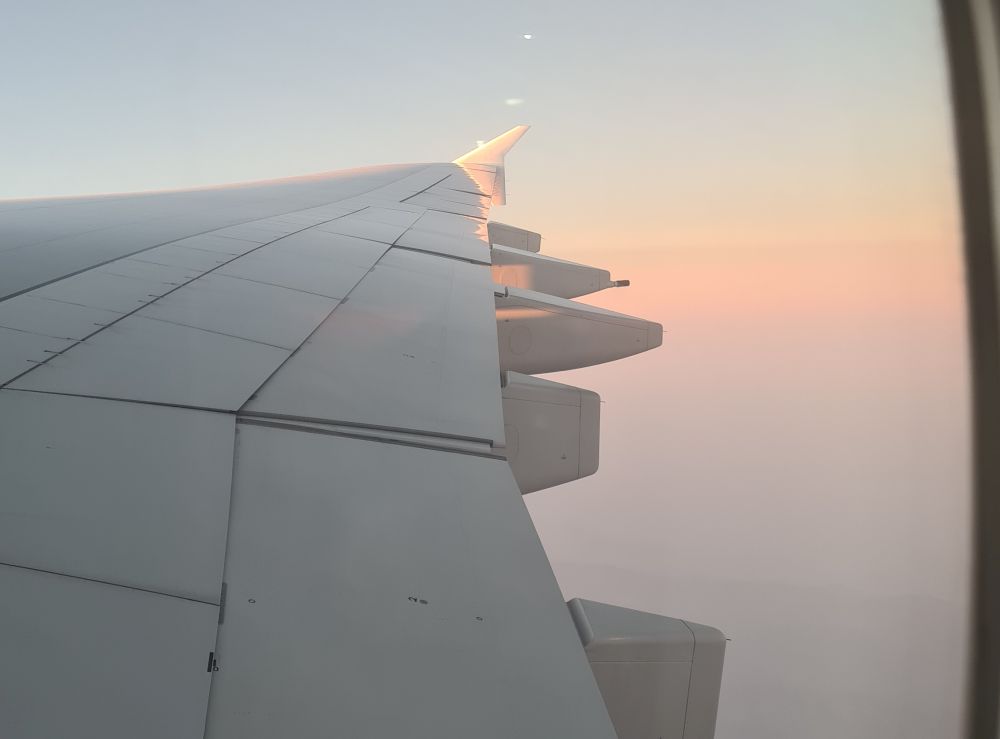
Once you’ve booked your flight
You have your tickets now, but there are more things to do in the weeks or months before you leave.
1. Check medical requirements.
Check if the place you’re traveling to has any vaccine requirements like, for example, yellow fever or Covid. Make sure you bring along proof of these vaccines. Your best bet is to go to a travel medicine clinic and make sure all your vaccinations are up to date, even if they’re not required. For some places you may need to take prophylactics like malaria meds. A travel clinic will know what you need.
2. Get travel/medical insurance.
Get travel insurance, if you don’t already have it. The insurance the airline sells isn’t complete coverage. Make sure you have coverage for hospital stays and procedures overseas and for repatriation: return to your home country.
3. Check the airline’s rules and procedures.
Read the airline’s website or its app to make sure exactly how they operate. Does your ticket include checking a bag or does that cost extra? Is food served on the flight? Is there in-flight entertainment? Can you pre-select your seat or does that cost extra?
4. Inform the airline of any special circumstances.
Are there any special circumstances you need to let the airline know about? Do you need a wheelchair in the airport, for example? Will you have a baby on your lap? If you didn’t already do so when you booked your flight, let the airline know and find out what their procedures are.
5. Book your accommodations.
Use Expedia, Booking.com or Agoda, depending on your preference.
6. Arrange transfers between accommodations.
If you’re planning to visit several different cities or towns on your trip, how will you get from one to the other along with your luggage? Look up routes for trains and buses on Omio, 12Go (I used that one a lot in Southeast Asia.), or Trainline.
7. Pre-pay for luggage.
If you didn’t do so when you booked your ticket, you can still pre-pay for any luggage you’re going to check. (And on some airlines, also make sure you’ve prepaid your carry-on luggage, if required.) Otherwise the charges can be much higher if you add luggage at the airport.
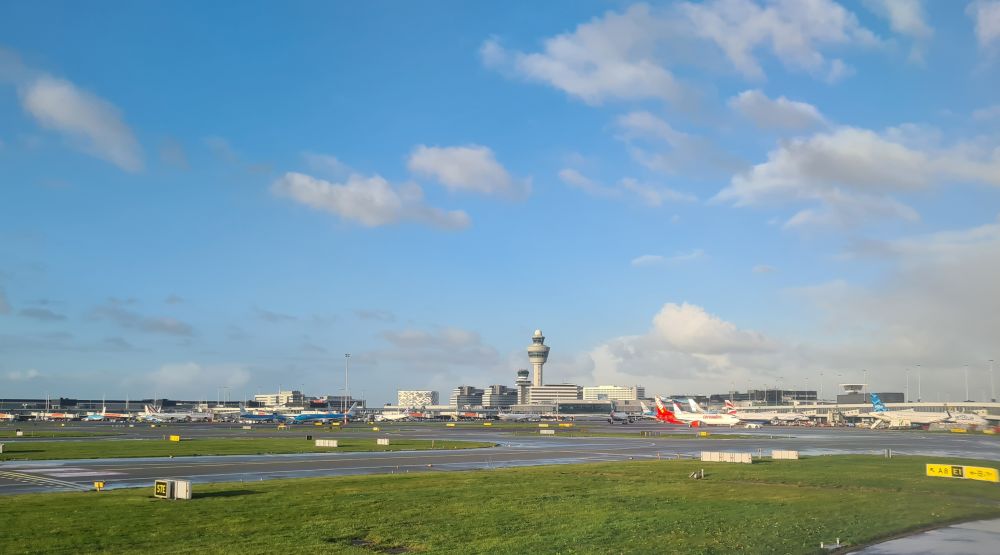
In the days leading up to your flight
These are things that you should do in the week or two before your departure date.
1. Measure your bags.
Measure your bags to make sure they’re within the limits set by the airline. Some will check! The measurements include wheels. If your bag is too large, you’ll have to either pay to check it or buy another bag.
2. Arrange transportation for your arrival.
Figure out what you’ll do on arrival at your destination airport. Do you need to pre-arrange a transfer to your accommodations? Rent a car? Or is public transportation easily available? Perhaps your accommodation offers transfers? Whether you take a taxi, a pre-arranged transfer, public transportation or a rental car, it’s best to have a clear idea of where you can find it, how much it should cost, how long it should take, etc. If you come off a long flight and you’re tired, it’s easy to make mistakes, so have a plan in your phone or on paper.
3. Install the airline’s app.
Download the airline’s app, if they have one. Enter your booking reference number into the app, and set it to notify you of changes. Don’t rely on these notifications, though. In my experience, they’re often quite slow to send them.
4. Check in online.
Check in online as soon as check-in is available, usually 24 hours before the scheduled flight time, but sometimes earlier. Either print out your boarding pass or have it on your phone in an easy-to-find place, like the airline’s app. (And make sure your phone is charged up for check-in.)
5. Prepare to go through security.
Get ready ahead of time to go through security. Only carry small containers of liquids and put them all in a single clear plastic bag. If you’re checking luggage and you don’t need the liquids during the flight, put them in your checked luggage. Put any sharp objects in checked luggage or leave them at home. Read the airport’s website for specific information about what’s allowed and what’s not allowed.
6. Arrange parking.
If you’re going to park your car at the airport, check ahead of time what the options are. At many airports you can reserve a spot, and it’s often cheaper if it’s farther away. Plan extra time if you’ll have to take a shuttle to the airport from the parking lot.
7. Buy a data plan.
Figure out what kind of data plan you need for your phone. If the one your own subscription offers is prohibitively expensive for use overseas, look at getting an esim that you can activate as soon as you land.
8. Pack.
Read my article about packing light. If you decide you need to check a bag, do not pack anything of value in it! Bags do go missing, and while you’re likely to get them back eventually, you can’t be 100% sure.

Also check the airline’s website about what may and what may not be packed in checked luggage – things like batteries have special rules.
9. Weigh your luggage.
Once you’ve packed, weigh your bag. Many airlines charge exorbitantly for overweight bags.
I use packing cubes, which help me to pack as compactly as possible and stay organized at the same time. Be careful, though, because airlines sometimes check weight as well as size of luggage.
Preparations for the flight itself
After all the anticipation and excitement of preparing for a flight, the flight itself can be a bit of a letdown: it’s pretty boring up there. Here are some tips to keep yourself comfortable and entertained on the flight.
1. Pack entertainment.
If the flight you’ve booked has no in-flight entertainment, pack something to keep yourself entertained: a book, perhaps, or download some films to your phone, tablet or laptop. I do so in any case, because I like to use my own noise-cancelling headphones, which don’t work with the seatback screens.
2. Pack food.
If you’re traveling with a budget airline, it may charge for food and drink, including water. Instead, bring your own food. It’ll be tastier and cheaper, but please, for the sake of the other passengers, don’t bring anything too smelly! Bring a water bottle but wait to fill it until after security.
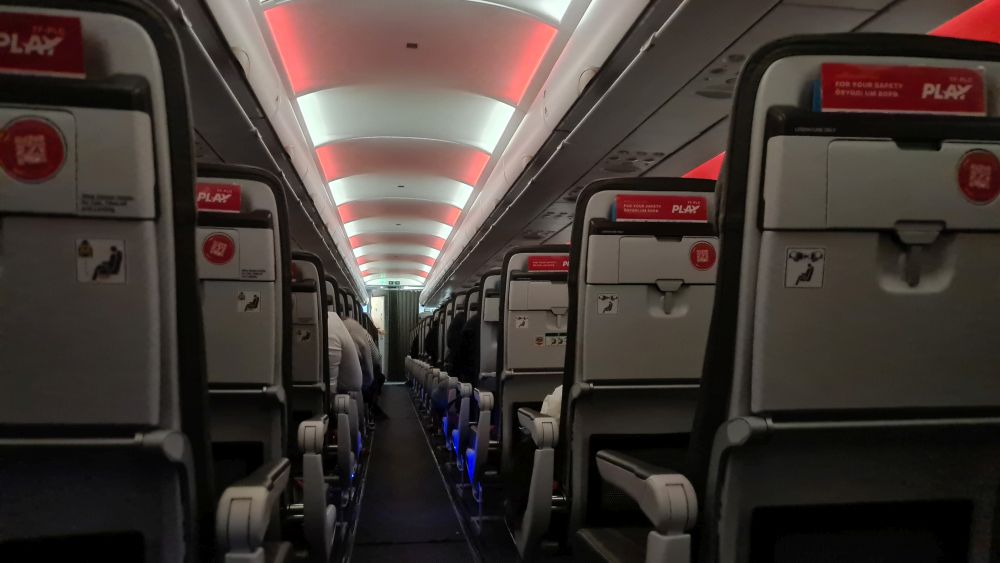
3. Put valuable items in your under-seat bag.
Your “personal item,” i.e. the bag you stick under the seat in front of you, is where a) all your most valuable and important things should be packed – electronics, jewelry, medicines, passport, etc., as well as b) whatever you’ll need during the flight itself: book, phone, food, etc.
I’ve been using my 25-liter PacSafe backpack as my under-seat bag for years now. Highly recommended!
The day of the flight
Tips for the day of your departure.
1. Wear comfortable clothing.
You’ll be sitting in a very small space for the duration of the flight and the last thing you need is the discomfort of tight-fitting clothing. Wear low shoes that are easy to take off and put on – but please don’t take off your socks! Always wear your shoes to walk to the toilets.
2. Get to the airport early.
Aim for at least 2 hours before the flight time. I usually aim for 3 hours, which means I get less stressed if there’s traffic or a delayed train on the way.
3. Keep track of where you parked.
Make a note of where you parked so you can find your car again.
4. Check your luggage and/or go through security.
If you already have your boarding pass and you’re not checking any luggage, go straight to security and to the departure lounge.
If you are checking luggage, look at the monitors to find out which desk you need to go to to hand in your luggage and/or check in. Once you’ve checked in or checked your bag, go straight to security to reach the departure lounge.
Once you’re in departures, find your departure gate so you’ll know where it is. Then you can relax. Hang around, shop, eat, or whatever while you wait for your flight. If you’re at Schiphol, here are some suggestions. If you’re at Changi Airport in Singapore, you might wish you’d arrived there even earlier.
Keep checking that the gate hasn’t changed and be aware of how far away the gate might be. If your airport has multiple terminals, it’s best to hang out in the one your flight will leave from.
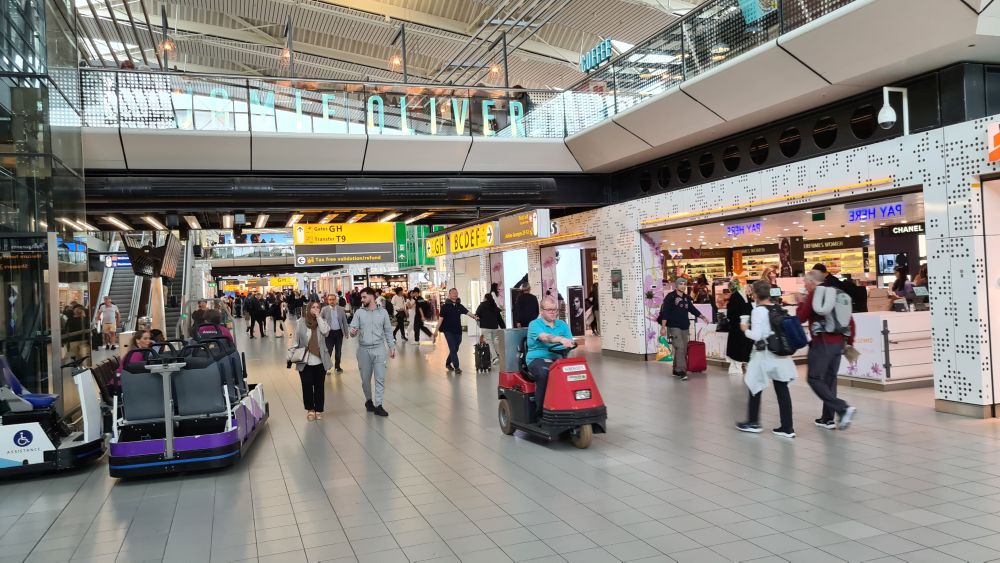
Enjoy your trip!
If this is your first time preparing for a flight, such a long list may seem daunting, but hopefully it’ll make your flight as uneventful as possible. I’ve made many of the mistakes listed above (not having proof of yellow fever vaccination, realizing the name I filled in wasn’t my actual passport name, not bringing food on a flight that overcharged for mediocre food, booking the wrong date, to name just a few), and that moment of panic or annoyance when you realize what you’ve done is best avoided, take my word for it!
My travel recommendations
Planning travel
- Skyscanner is where I always start my flight searches.
- Booking.com is the company I use most for finding accommodations. If you prefer, Expedia offers more or less the same.
- Discover Cars offers an easy way to compare prices from all of the major car-rental companies in one place.
- Use Viator or GetYourGuide to find walking tours, day tours, airport pickups, city cards, tickets and whatever else you need at your destination.
- Bookmundi is great when you’re looking for a longer tour of a few days to a few weeks, private or with a group, pretty much anywhere in the world. Lots of different tour companies list their tours here, so you can comparison shop.
- GetTransfer is the place to book your airport-to-hotel transfers (and vice-versa). It’s so reassuring to have this all set up and paid for ahead of time, rather than having to make decisions after a long, tiring flight!
- Buy a GoCity Pass when you’re planning to do a lot of sightseeing on a city trip. It can save you a lot on admissions to museums and other attractions in big cities like New York and Amsterdam.
Other travel-related items
- It’s really awkward to have to rely on WIFI when you travel overseas. I’ve tried several e-sim cards, and GigSky’s e-sim was the one that was easiest to activate and use. You buy it through their app and activate it when you need it. Use the code RACHEL10 to get a 10% discount!
- I’m a fan of SCOTTeVEST’s jackets and vests because when I wear one, I don’t have to carry a handbag. I feel like all my stuff is safer when I travel because it’s in inside pockets close to my body.
- I use ExpressVPN on my phone and laptop when I travel. It keeps me safe from hackers when I use public or hotel wifi.

Rachel Heller is a writer living in Groningen, the Netherlands. She is the owner and primary author of this website, Rachel’s Ruminations, a travel blog focused on independent travel with an emphasis on cultural and historical sites/sights. Read more here about her and about this website. Rachel also owns and operates a website about travel to UNESCO World Heritage sites.


